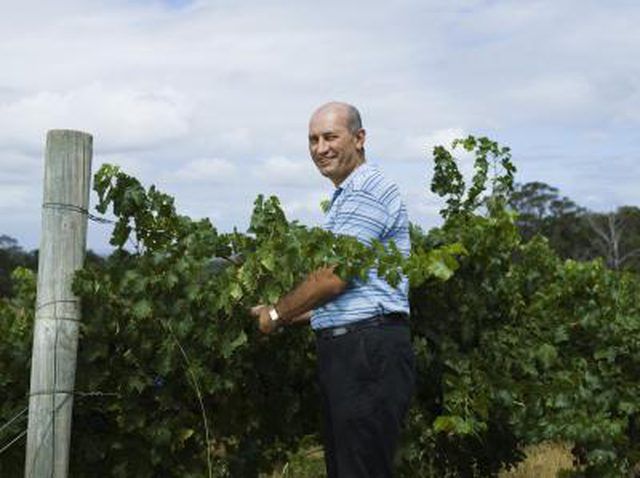Bulbs
Flower Basics
Flower Beds & Specialty Gardens
Flower Garden
Garden Furniture
Garden Gnomes
Garden Seeds
Garden Sheds
Garden Statues
Garden Tools & Supplies
Gardening Basics
Green & Organic
Groundcovers & Vines
Growing Annuals
Growing Basil
Growing Beans
Growing Berries
Growing Blueberries
Growing Cactus
Growing Corn
Growing Cotton
Growing Edibles
Growing Flowers
Growing Garlic
Growing Grapes
Growing Grass
Growing Herbs
Growing Jasmine
Growing Mint
Growing Mushrooms
Orchids
Growing Peanuts
Growing Perennials
Growing Plants
Growing Rosemary
Growing Roses
Growing Strawberries
Growing Sunflowers
Growing Thyme
Growing Tomatoes
Growing Tulips
Growing Vegetables
Herb Basics
Herb Garden
Indoor Growing
Landscaping Basics
Landscaping Patios
Landscaping Plants
Landscaping Shrubs
Landscaping Trees
Landscaping Walks & Pathways
Lawn Basics
Lawn Maintenance
Lawn Mowers
Lawn Ornaments
Lawn Planting
Lawn Tools
Outdoor Growing
Overall Landscape Planning
Pests, Weeds & Problems
Plant Basics
Rock Garden
Rose Garden
Shrubs
Soil
Specialty Gardens
Trees
Vegetable Garden
Yard Maintenance
How to Prune Grapevines in a Grape Arbor
How to Prune Grapevines in a Grape Arbor. Growing grapes in an arbor brings fruit, shade and visual variety to a yard. Several pruning techniques are needed, however, to keep grape vines within the arbor and maximize the chances of a good harvest. Grape cultivation begins with an understanding of how grape vines grow and develop, so that pruning...

Growing grapes in an arbor brings fruit, shade and visual variety to a yard. Several pruning techniques are needed, however, to keep grape vines within the arbor and maximize the chances of a good harvest. Grape cultivation begins with an understanding of how grape vines grow and develop, so that pruning enhances, rather than damages, growth and fruit production. Annual maintenance of vines is critical to growing grapes.
Things You'll Need
Grape vines
Arbor
Pruning shears and saw
Gloves
Identify the three kinds of wood that comprise the growth cycle of grape vines: old, fruiting and new. The major branches, or canes, support the vine and after three years are regarded as old wood. Their job is to support the vine and bring nutrients to branches that will grow and bear fruit. This year's new canes are next year's fruiting canes; fruit is produced on second-year canes. New wood is the strongest-growing, establishing the reach and size of the vine. How you prune new wood will determine future crops of fruit.
Cut old wood only to shape and control the size of a severely-overgrown vine. Unless old canes are dead or badly damaged, you will remove additional stages of growth when you cut them back. Use a pruning saw to cut dead or damaged canes back to ground level. This will reshape your vine, and the intent is to redirect growth-energy to sounder parts of the plant. This can be done in spring or fall.
Prune second-year or fruiting wood back with care. Buds on second-year spring wood are your source of fruit and also the source of new growth. This pruning should be done in very early spring, while the vine is still dormant. Use clippers or saw to bring these canes back to a nodule (the swelling that indicates bud formation. You will then be able to determine how to shape your vine in order to keep as many new, potential fruiting canes you can retain. Experts point out that fruiting wood typically produces far more buds than a vine can sustain through fruit production.
Use established formulas, cited in references, to determine how much to prune from potential fruiting wood. Experts counsel a general ratio of 30 buds to a pound of pruned wood.
Tips & Warnings
Experts caution that good grape cultivation takes time to learn. Between wood types, growth cycles and bud-ratios, grape-pruning techniques are not instantly mastered. Expect an occasional lower-than-hoped fruit harvest as you learn pruning techniques. Keeping your vine healthy and unburdened with excess vegetation will enable it to return to heavier fruit production next year.